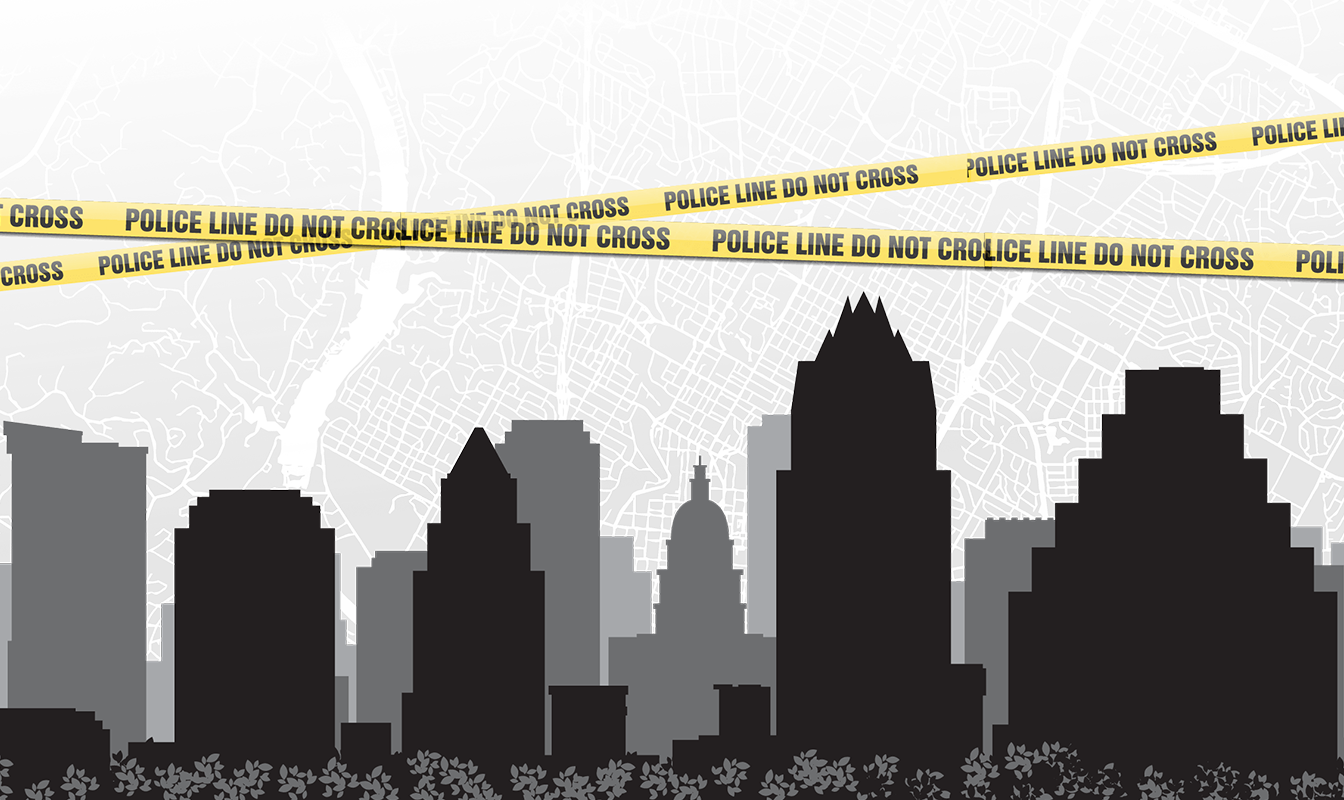In recent weeks, all of us in Austin were gripped by fear and the uncertainty of a random bombing.
Even after the bomber detonated himself when caught by our diligent law enforcement community, we moved around our city with trepidation. Austin officials continued warnings to stay vigilantly observant of all packages the bomber may have shipped or planted prior to his demise.
Early reports pegged the motivation as race-related, which – when combined with the regional sprawl of Austin, and the fact that each package maimed or killed a small number of people in comparison – allowed many to employ a cognitive dissonance about a very scary reality. But as the bombs continued to widen in location and targeted race, everyone grew more concerned about the bomber’s randomness and unpredictability.
It’s surreal, to be sure, to live in a town buzzing with fear. I would be remiss if I did not acknowledge this terrible reality suffered by many in war-torn nations. To Austin, a city most often top-ranked as a best place to live and work, and generally inoffensive to the world at large, these events made us experience cruelty and violence that, unfortunately, a lot of other major cities more commonly experience.
When the first bomb detonated on March 2, I was completely stupefied and wondered how I’d come to be in this fearful place again.
In the early 90s, my wife and I were sitting on our porch in Coral Gables, Fla. It was a lazy Saturday just before Christmas when I received a call with the most devastating news. Tom Mosser, my former boss at Burson-Marsteller, and a new hire at our sister company Young & Rubicam (Y&R) in New York, was the victim of a package bomb. It detonated as he opened it in his kitchen in New Jersey, killing him instantly in front of his family while they decorated their Christmas tree.
We would later learn the bomb was deployed by the Unabomber, Ted Kaczynski. In Kaczynski’s manifesto, we read of his hatred and distrust of the establishment, particularly pertaining to Big Oil and technology. At the time, Y&R had just announced two new clients, Exxon Mobile and Digital Equipment Corporation, the act of which ultimately inspired Kaczynski to target Tom, simply because he was recently announced as a senior executive of the agency.
Following Tom’s loss, all of the sister companies’ mailrooms, including ours in Miami, were commandeered by the FBI. Based on my own professional visibility in relation to his, I lost the feeling of safety. Now in Austin, I experienced the same eerie feeling but for different reasons.
I’ve made my career in crisis management, so it is easy for me to watch a news cycle and opine on what one entity could have or should have done, or what one must do in the near future. But I never thought I’d watch my local news through the same lens.
I have been exceedingly impressed with how the City of Austin and related law enforcement entities’ responded to our bombing crisis. After each incident, they acted swiftly and deftly to inform and warn the public, while at the same time avoiding the very easy tendency to fear monger.
One thing I counsel extensively on is the imperative to avoid creating a vacuum of information for others to fill. I am still impressed by how all of the law enforcement agencies managed and proceduralized their flow of information. They stayed ahead of the vacuum as best they could, and avoided openly generating speculation and hear-say. Perhaps most importantly, they displayed a tone of authenticity and a skillful creativity in how they unfurled their new-found truths while also protecting us, their public.
But even with the combined efforts to tell us everything we needed to know, we were often left not knowing enough. I am cognizant of the nanosecond news cycle in today’s digital age, compared to the era of the Unabomber, and I’m willing to concede this was strategic in that they didn’t want to misinform, or to share too much and lessen the chances of fully understanding the culprit. Or, quite simply, they didn’t have enough new information.
Yet, we needed more. We wanted…more.
During and after a crisis, we always look for a villain, a victim, a hero, a plot, and even a purpose to this story. And while the first few might be obvious of the Austin bombing story, it’s the last one that’s trickiest, and perhaps the most frightening.
We may never fully understand the bomber’s why.

